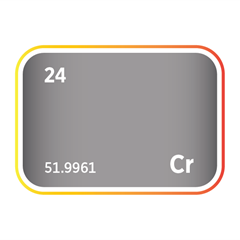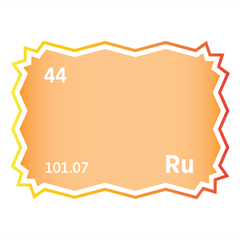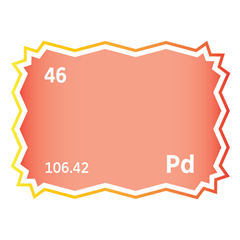Russia
Critical minerals, policy, and the energy transition
The Energy Transition in Russia
Russia stands as a global giant with profound influence on the world's energy dynamics and mineral resources. Spanning two continents and endowed with vast and diverse natural landscapes, Russia is not only one of the world's largest producers of oil and natural gas but also a treasure trove of critical minerals essential for the global energy transition towards renewable sources. Russia has a complex administrative structure comprising 85 federal subjects, which are grouped into different types of administrative divisions. The country harbors significant deposits of critical minerals, making it a key player in the global supply chain. Among these, nickel, copper, lithium, and rare earth elements. The country has initiated steps towards embracing renewable energy. Hydroelectric power stations have long been a staple of Russia's energy landscape, and there's growing interest in further developing renewable sources, including wind, solar, and geothermal energy. The vast, sparsely populated areas of Siberia and the Far East, in particular, offer untapped potential for large-scale solar and wind projects. However, the transition is complex, influenced by economic, geopolitical, and infrastructural factors.
Latest news and insights
Stay ahead in the energy transition with SFA (Oxford)’s cutting-edge insights into how Russia’s vast critical mineral reserves, geopolitical tensions, and ESG risks are redefining global supply chain strategies and energy security planning.

SFA's latest podcast: PGM markets out to 2040
11 November 2024
The latest SFA podcast episode examines how evolving trends in transportation and energy are reshaping the platinum group metals markets.

The impact on PGMs from Russia-Ukraine action
25 February 2022 | Beresford Clarke
Sanctions on Russia could impact PGM supply significantly.
The fuse is lit: will platinum jewellery demand go up, or blow up?
19 September 2022 | SFA (Oxford) & Heraeus
Falling truck sales show US economy is slowing, putting PGM demand at risk
20 June 2022 | SFA (Oxford) & Heraeus
Industrial iridium and ruthenium demand at risk from construction slowdown
30 May 2022 | SFA Oxford) & Heraeus
Russian invasion could accelerate platinum substitution into autocatalysts
7 March 2022 | SFA (Oxford) & Heraeus – Edition 7
Russia's energy and power mix
Critical Minerals production in Russia
Derived and processed Critical Minerals products and recycling in Russia
Energy Raw Materials and products produced in Russia
Federal cities
Russia's federal cities, Moscow and Saint Petersburg, are distinguished entities within the nation's administrative framework, reflecting their paramount importance in historical, cultural, and political terms. Moscow, the capital, stands as the heart of the Russian government and the epicentre of its economic and social life, hosting the nation's leading institutions, multinational corporations, and a vibrant cultural scene. Saint Petersburg, often referred to as Russia's cultural capital, is renowned for its majestic architecture, historic sites, and extensive network of canals, embodying a unique blend of Russian and European heritage. Both cities are not just centres of power and culture but also hubs of innovation and education, driving the country's development forward and playing a critical role in its international relations. Their status as federal cities underscores their unparalleled significance in shaping Russia's identity, policy direction, and place on the world stage.
Oblasts (Provinces)
Territories (Krais)
In Russia, a krai is a significant administrative division, akin to a territory, that plays a vital role in the nation's governance, economy, and cultural landscape. These regions are characterised by their vast geographical expanse, encompassing a variety of natural environments from dense forests and towering mountains to expansive plains and river basins. Krais often serve as important economic hubs due to their abundant natural resources, including minerals, oil, and gas, as well as their agricultural and industrial capacities. The administrative structure of a krai is designed to manage its diverse needs, from local governance to economic development, making each krai unique in its contribution to Russia's overall prosperity and cultural richness. With their strategic importance and rich natural resources, krais are integral to Russia's efforts in exploring renewable energy potentials and securing critical minerals for the global market, underscoring their pivotal role in Russia's present and future.
The Republics
Republics in Russia are federal subjects with a high degree of autonomy, including their own constitutions and governments. They were established to acknowledge the cultural and ethnic diversity within Russia, allowing ethnic minorities to exercise greater cultural, educational, and sometimes linguistic autonomy. Each republic is meant to serve as the homeland for a specific ethnic group, although in practice, many republics are ethnically diverse.
There are 22 republics in Russia, each with its unique cultural heritage and often its official language in addition to Russian. These republics can set their official languages and enact legislation that reflects their cultural and ethnic identities.
Autonomous Okrug (Circuits)
In Russia, autonomous Okrugs, or Autonomous Circuits, are federal subjects designed to acknowledge and manage the unique cultural, social, and economic characteristics of indigenous and minority populations within their territories. These regions, often situated in remote parts of the country, are granted a degree of autonomy that allows them to preserve their traditional ways of life, languages, and cultural heritage. The governance of these okrugs is tailored to support the specific needs of their communities, balancing local traditions with the broader objectives of the Russian Federation. Rich in natural resources, many Autonomous Okrugs play a crucial role in Russia's economy, especially in the energy sector, contributing significantly to the nation's oil and gas production. This unique blend of autonomy, cultural preservation, and economic importance makes Autonomous Okrugs indispensable to understanding Russia's diversity and its regional governance and development approach.
Autonomous Oblast
The Jewish Autonomous Oblast, situated in the Russian Far East near the China border, stands as a unique federal subject within Russia's administrative landscape. Established in the 1920s to create a homeland for Jewish people within the Soviet Union, it represents a unique historical experiment in autonomy and cultural identity. Though the Jewish population today constitutes a small minority of the Oblast's total inhabitants, the region retains its distinct status and cultural heritage. The capital, Birobidzhan, is known for its Yiddish influences, including street signs and public institutions, preserving Jewish culture. The Jewish Autonomous Oblast's existence attempts to accommodate diverse cultural identities within its vast territories, making it an intriguing example of cultural autonomy and historical significance in the Russian Federation.
Russia-Ukraine war
Essential minerals production and products in Russia
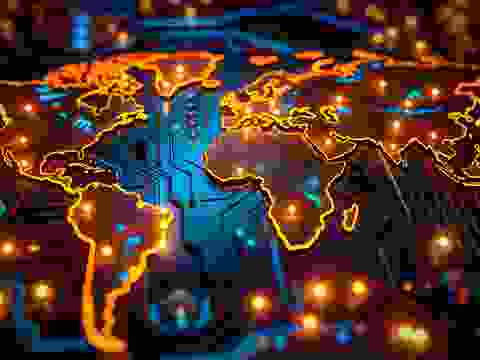

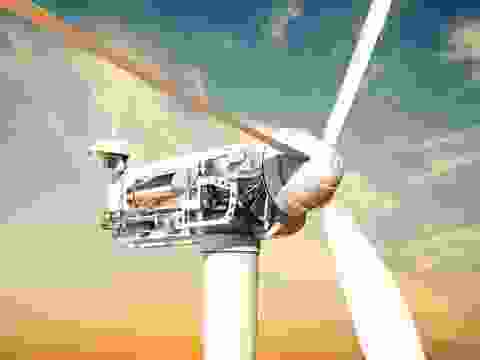

Meet the Critical Minerals team
Trusted advice from a dedicated team of experts.

Henk de Hoop
Chief Executive Officer

Beresford Clarke
Managing Director: Technical & Research

Jamie Underwood
Principal Consultant

Ismet Soyocak
ESG & Critical Minerals Lead

Rj Coetzee
Senior Market Analyst: Battery Materials and Technologies

How can we help you?
SFA (Oxford) provides bespoke, independent intelligence on the strategic metal markets, specifically tailored to your needs. To find out more about what we can offer you, please contact us.



























